The Hidden Paradise of Indonesia
Raja Ampat, meaning “The Four Kings,” is often described as Earth’s final frontier of pristine marine beauty. Nestled in the heart of the Coral Triangle in Southwest Papua, this remote archipelago is a magnet for nature lovers, divers, marine biologists, and adventurers seeking paradise on Earth.
Raja Ampat is not just a travel destination—it is an ecosystem wonder that shelters over 75% of the world’s coral species and more than 1,500 species of fish. Its unmatched underwater beauty, clear turquoise waters, hidden lagoons, and dramatic limestone cliffs make it a truly unforgettable place.
2. Geographical Overview: Where is Raja Ampat?
Raja Ampat is located in the easternmost part of Indonesia, within the province of Southwest Papua, which was recently separated from West Papua. It comprises more than 1,500 small islands, cays, and shoals surrounding four major islands: Waigeo, Batanta, Salawati, and Misool—the “Four Kings.”
The islands stretch across more than 40,000 square kilometers, making it a sprawling marine reserve. Its relative inaccessibility compared to more commercialized destinations has preserved its untouched charm and raw natural beauty.
3. Biodiversity and Marine Ecosystem
Raja Ampat is considered the epicenter of global marine biodiversity. Its waters host more than:
- 600 species of coral (more than half of the world’s coral)
- 1,500+ species of reef fish
- 700+ species of mollusks
- Six of the world’s seven marine turtle species
- Rare species such as manta rays, wobbegong sharks, and pygmy seahorses
This astonishing diversity has made Raja Ampat a top priority for marine conservation, with many scientists calling it a “species factory” for the world’s oceans.
4. Iconic Islands and Beaches
Waigeo Island
The largest of the four main islands, Waigeo is home to the capital city Waisai and offers rich marine life, bird-watching opportunities (like the Red Bird-of-Paradise), and trekking.
Misool Island
Misool is famed for its karst limestone landscapes, caves with ancient petroglyphs, and vibrant coral reefs. It’s also a major sanctuary for manta rays and a hub for luxury eco-resorts.
Pianemo Islands
A postcard-perfect spot with emerald waters and mushroom-shaped islets. The Pianemo Viewpoint is one of Raja Ampat’s most photographed locations.
Arborek Island
A charming local village with one of the best snorkeling piers in Indonesia. The village is community-run and showcases traditional Papuan hospitality.
5. World-Class Diving and Snorkeling Spots
Raja Ampat is hailed by many as the best diving destination in the world. Here are some of the top spots:
- Cape Kri: Holds the record for the most fish species recorded in a single dive.
- Blue Magic: Famous for pelagic fish, barracudas, and schooling jacks.
- Melissa’s Garden: A stunning coral garden in the Fam Islands.
- Manta Sandy: Ideal for spotting giant manta rays.
- The Passage: A narrow waterway between Waigeo and Gam with reef walls and soft corals.
Snorkeling here is just as rewarding, with shallow coral gardens, crystal waters, and countless reef fish visible even at the surface.
6. Unique Culture and Indigenous Tribes
Raja Ampat’s human population consists mainly of indigenous Papuan tribes who speak unique Austronesian and Papuan languages. The culture here is rooted in strong community ties, traditional fishing, dance, storytelling, and sustainable living.
Villages like Sawinggrai, Arborek, and Yenbuba offer homestays and cultural tours, allowing visitors to witness traditional dances, sago processing, and handcrafted souvenirs.
7. Eco-Tourism and Conservation Efforts
Raja Ampat is a global model for community-based eco-tourism. Local communities, government bodies, and international NGOs collaborate to ensure tourism does not harm the ecosystem.
Key efforts include:
- Marine Protected Areas (MPAs) covering over 2 million hectares.
- No-take zones and fishing regulations.
- Mangrove and reef restoration programs.
- Community ranger patrols.
Eco-resorts like Misool Eco Resort have pioneered sustainable tourism by banning fishing within a 300,000-acre radius.
8. Raja Ampat Travel Guide
Entry Permit (PIN)
To enter Raja Ampat, foreign tourists must purchase a Conservation International PIN, used to fund marine patrols and village development.
Local Transportation
Transportation is typically by speedboat or longboat, often coordinated through resorts or tour operators. Most trips originate from Waisai or Sorong.
Health and Safety
Visitors should pack basic medical supplies, reef-safe sunscreen, mosquito repellent, and ensure their travel insurance covers diving.
9. Top Activities to Enjoy in Raja Ampat
- Scuba Diving and Snorkeling
- Island Hopping by Speedboat
- Bird-Watching (Wilson’s and Red Bird-of-Paradise)
- Trekking to Waterfalls and Caves
- Paddleboarding and Kayaking
- Sunset Watching on Piaynemo or Wayag
- Cultural Experiences in Local Villages
- Freediving and Underwater Photography
Every activity here reconnects travelers with nature and offers soul-refreshing beauty.
10. Best Time to Visit and Weather Tips
Raja Ampat enjoys a tropical maritime climate. The best months to visit are:
- October to April: Ideal for diving with excellent underwater visibility and calm seas.
- May to September: Slightly more rainfall and choppier waters but still accessible.
Average temperatures range between 25°C to 31°C year-round.
11. Accommodation and Where to Stay
Raja Ampat offers a range of options from budget-friendly homestays to luxury eco-resorts.
Recommended Stays
- Misool Eco Resort – Sustainability and luxury in one.
- Raja Ampat Dive Lodge – Great for divers.
- Papua Paradise Eco Resort – Built over the water with pristine reefs below.
- Arborek Homestays – Authentic village living.
Most resorts include full-board packages and dive/snorkel gear rentals.
12. Raja Ampat in the Global Tourism Scene
Raja Ampat is frequently featured in global travel awards and documentaries:
- Featured in BBC’s Blue Planet II
- Listed among Lonely Planet’s Best in Asia
- Ranked as a Top Diving Destination by PADI
- Endorsed by National Geographic as a “must-visit marine reserve”
Despite its fame, Raja Ampat remains exclusive due to its remote location—making it all the more attractive to elite nature travelers.
13. Challenges and Future of Sustainable Tourism
As more travelers discover Raja Ampat, the region faces critical challenges:
- Marine pollution from boats
- Coral damage from irresponsible diving
- Plastic waste and limited infrastructure
- Over-tourism in some popular spots
Solutions are being implemented, including:
- Tourist caps
- Education for eco-friendly behavior
- Strict diving certifications
- Digital visitor registries
The key to Raja Ampat’s future lies in balanced, low-impact tourism.
14. How to Get to Raja Ampat
Step-by-Step Route:
- Fly to Sorong Airport (SOQ) – Via Jakarta, Makassar, or Manado.
- Ferry from Sorong to Waisai – 2-hour ferry trip (twice daily).
- Boat Transfer to Resorts – Provided by accommodation or local guides.
Private charter flights and boats are available for luxury travelers.
15. Conclusion: A Timeless Treasure of the Sea
Raja Ampat is more than a destination—it is an experience that awakens the senses, heals the soul, and reminds us of the ocean’s grandeur. As the marine crown jewel of Southwest Papua, Raja Ampat is a rare sanctuary where nature reigns and human footprints are gentle.
For those seeking unspoiled beauty, diving into the richest seas, or walking among island cultures still in tune with nature—Raja Ampat is your ultimate answer.
Let this be your next unforgettable journey, one that not only leaves you speechless but also deeply aware of the importance of preserving the planet’s most precious ecosystems.
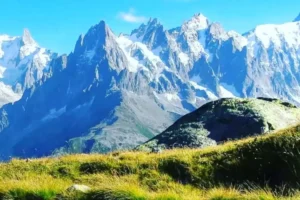
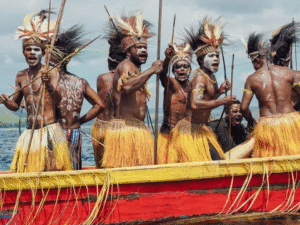

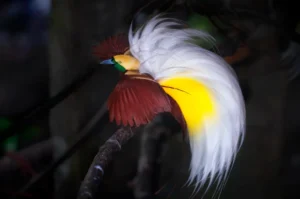
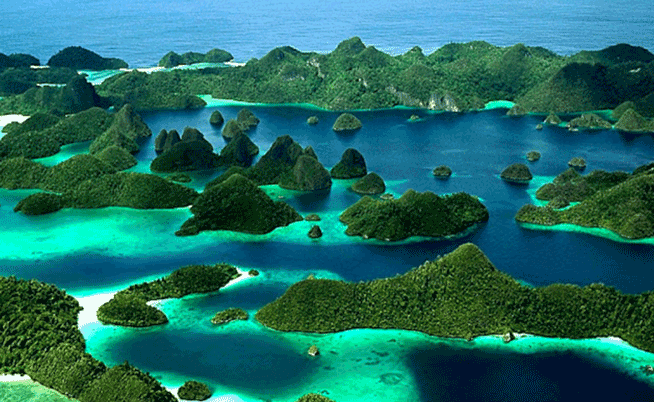
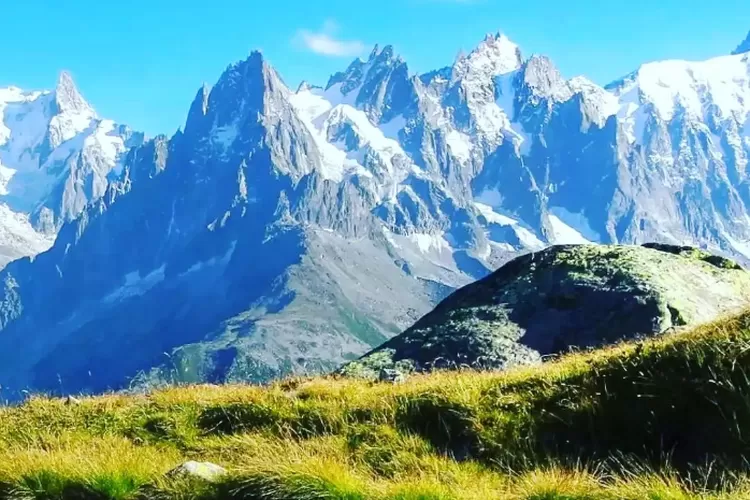
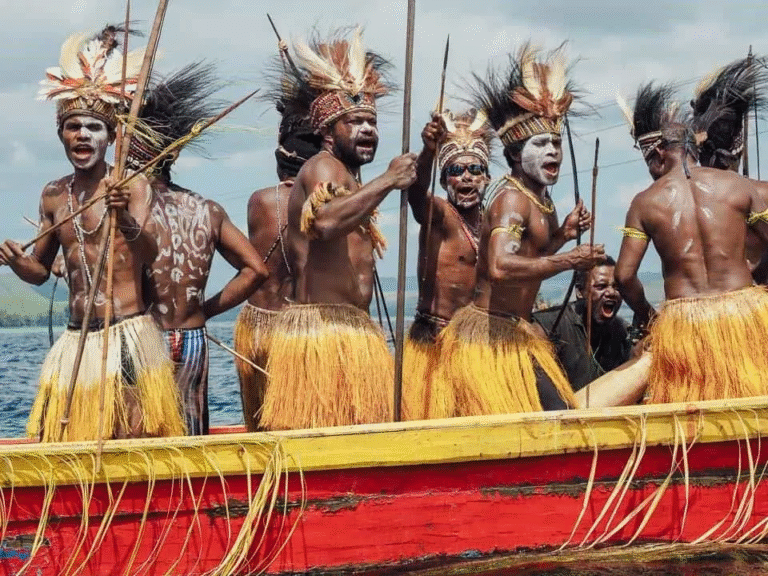

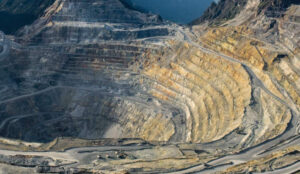
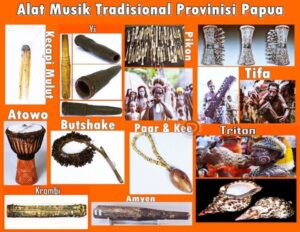
One thought on “Raja Ampat: The Ultimate Underwater Adventure in Southwest Papua”